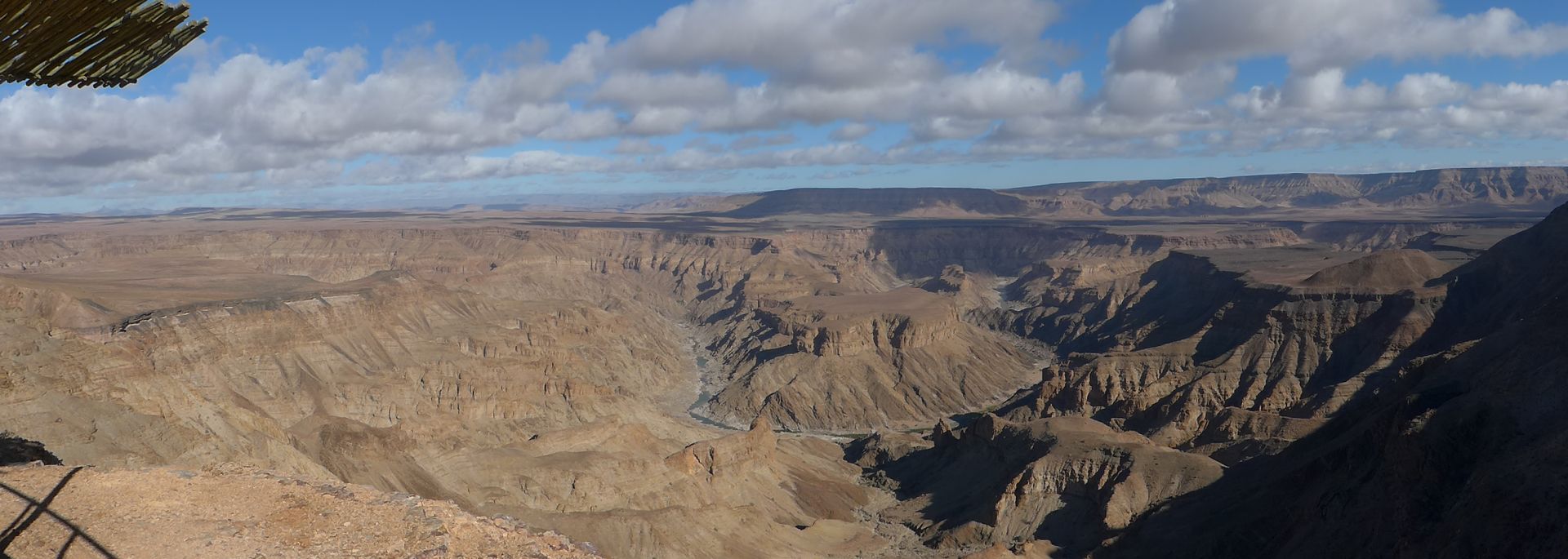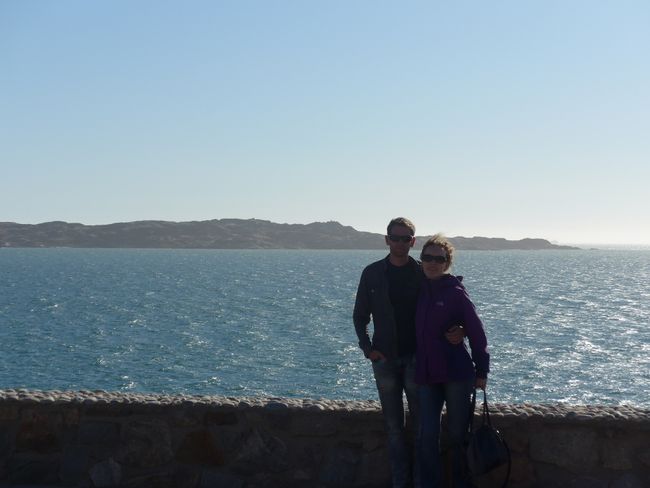The Catlins - Southland (New Zealand Part 34)
Нийтэлсэн: 27.01.2019
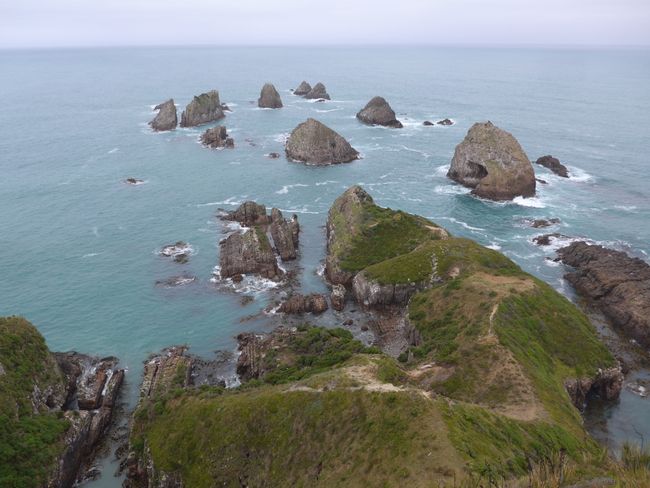
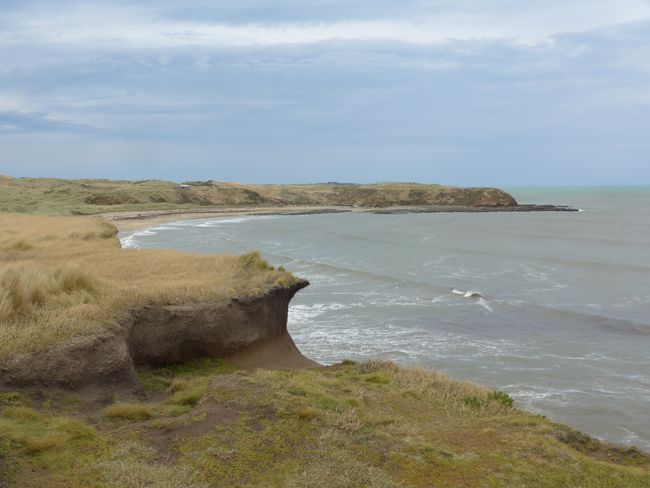
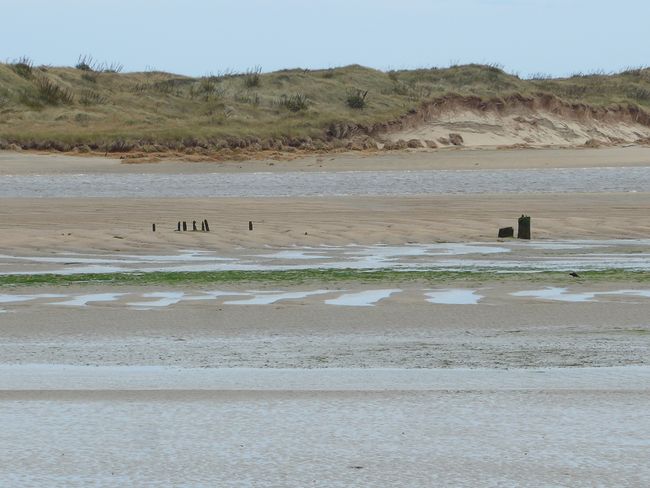
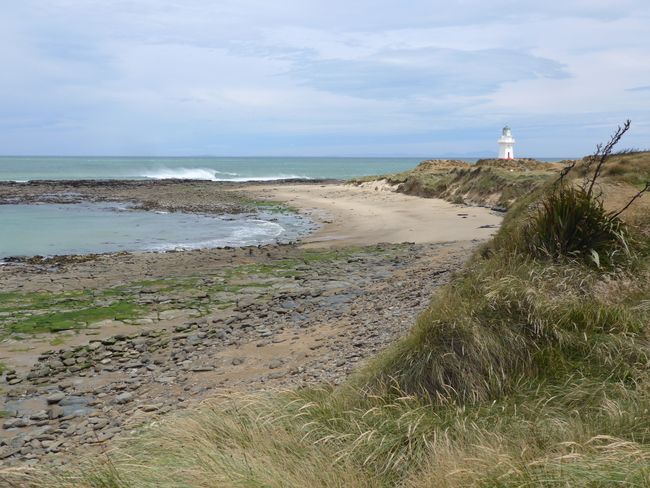
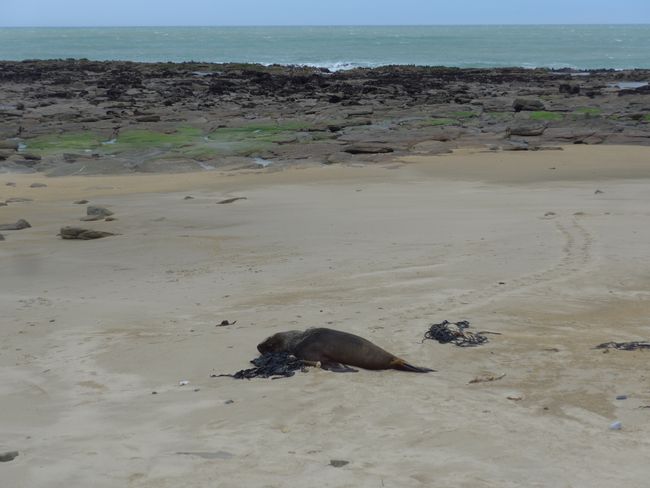
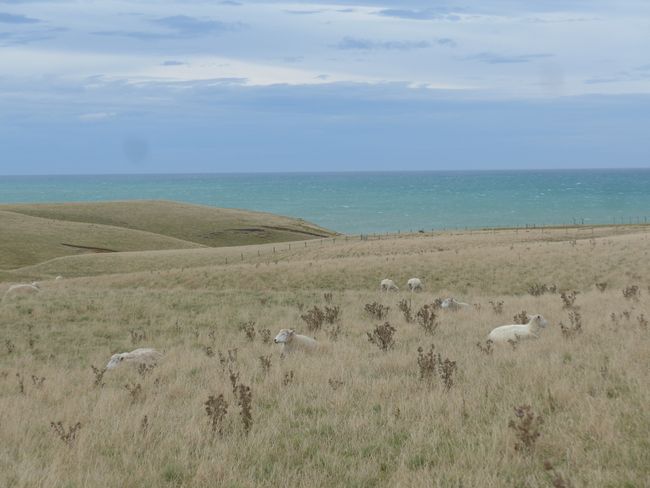
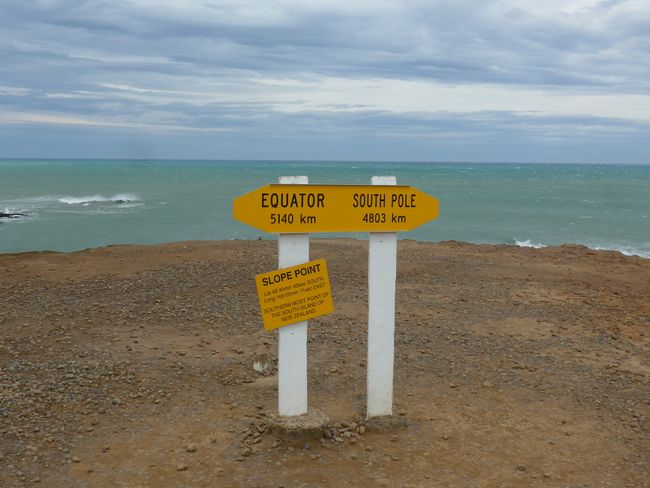
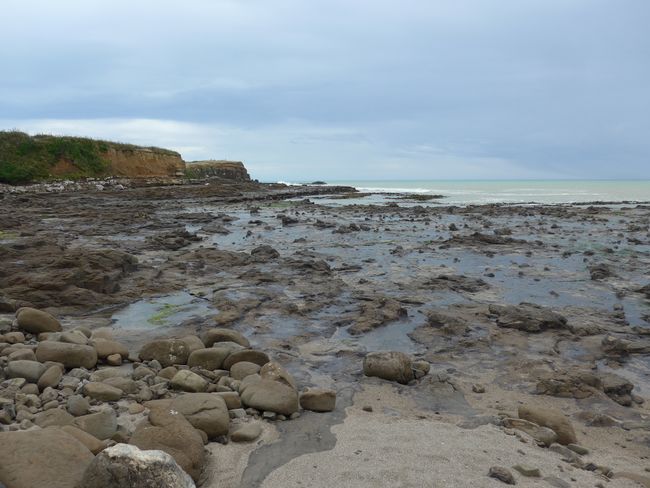
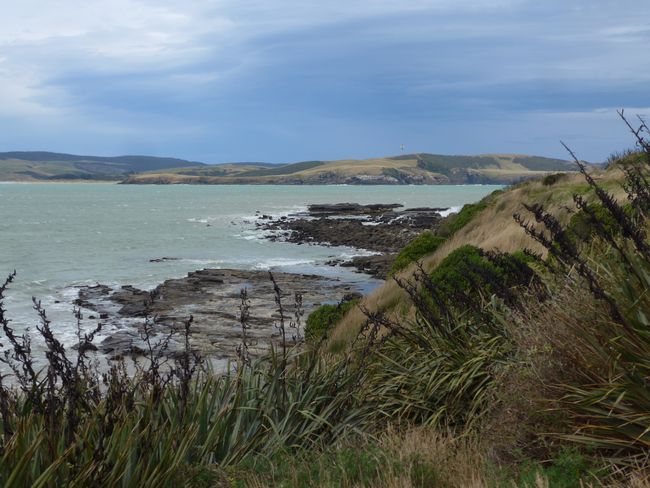
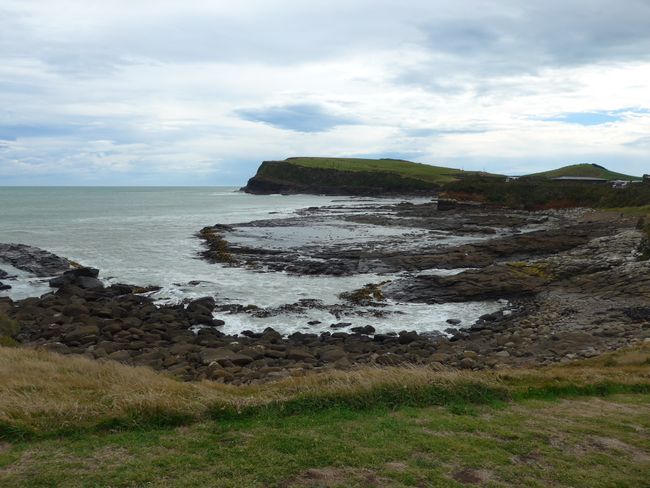
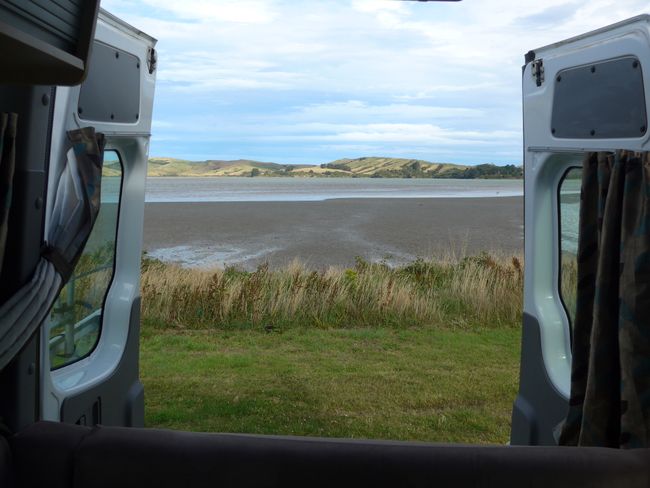
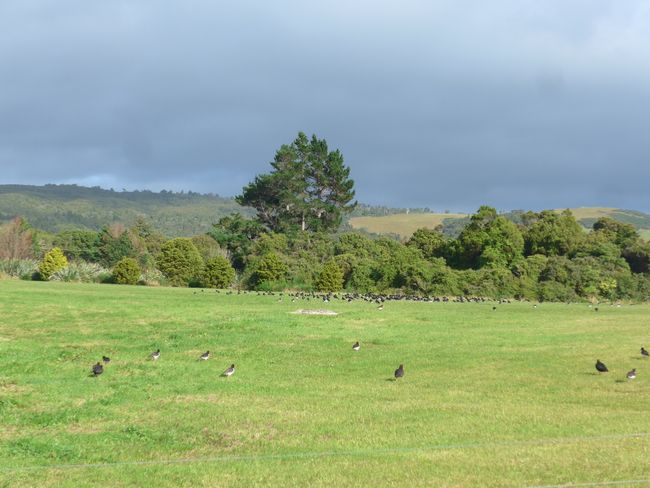
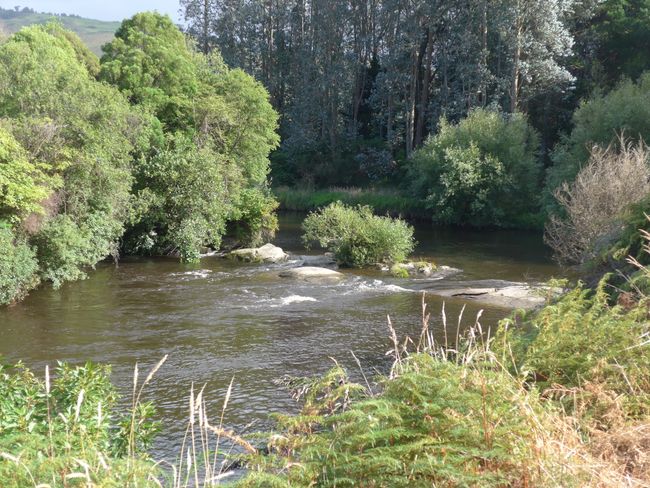
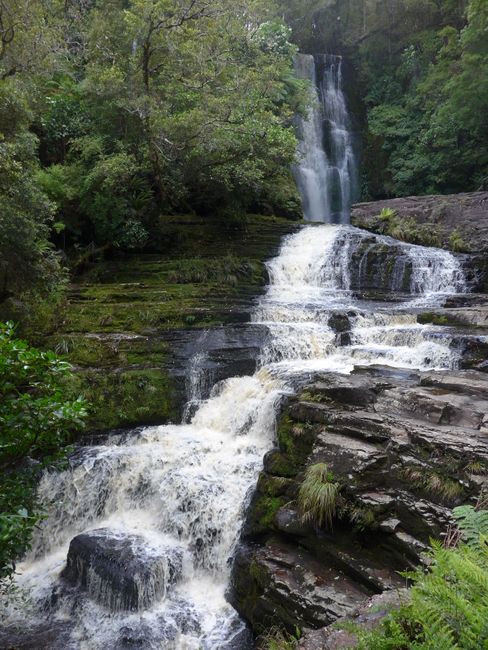
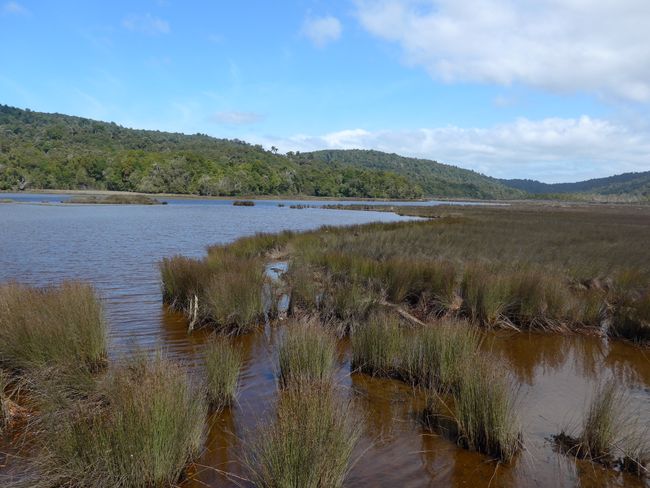
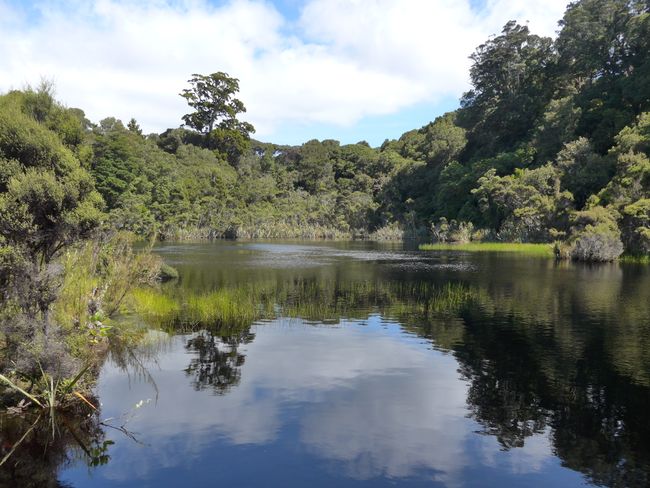
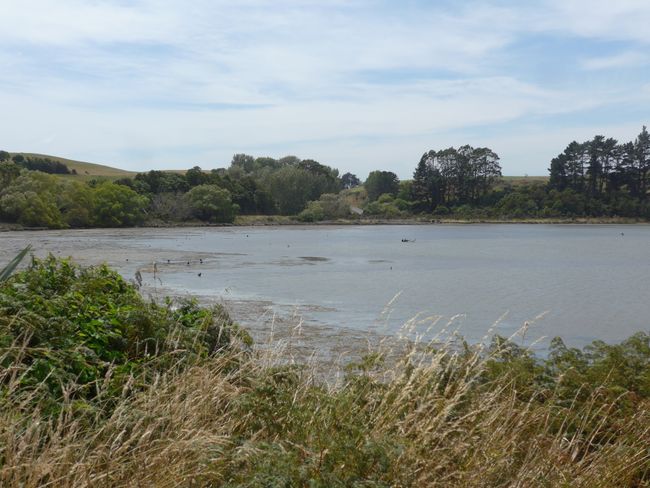
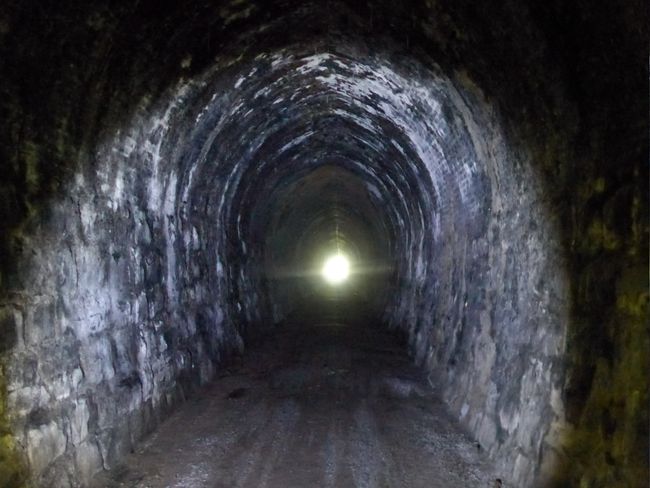
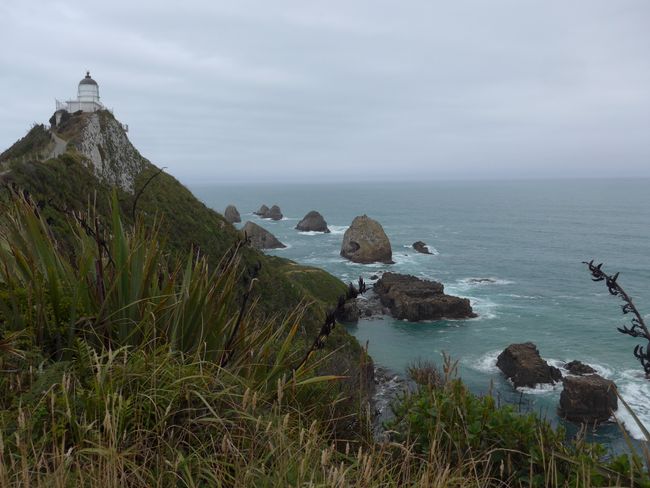
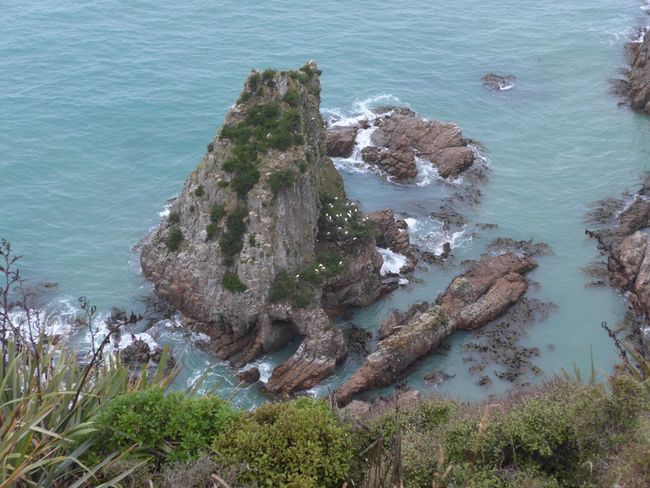
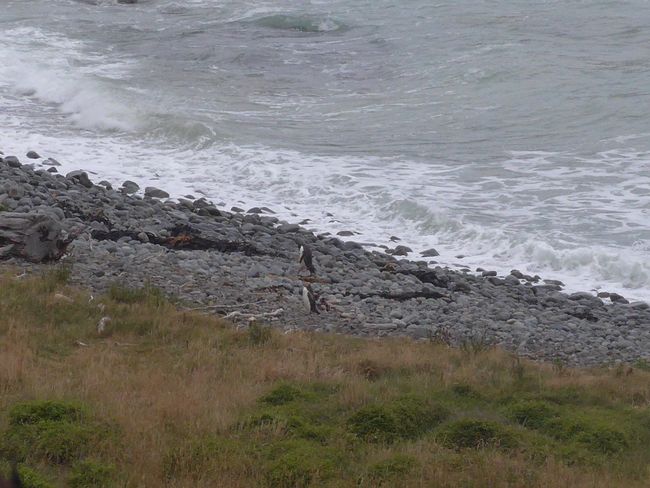
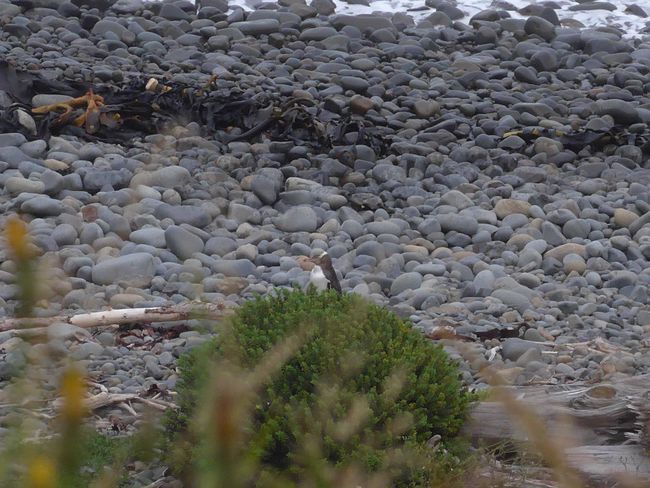
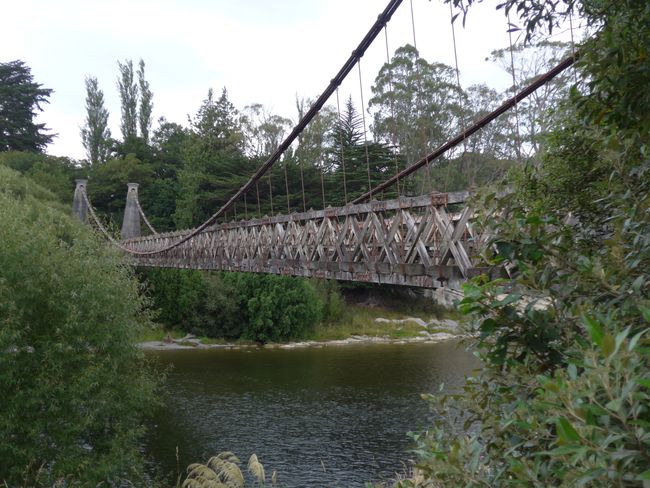
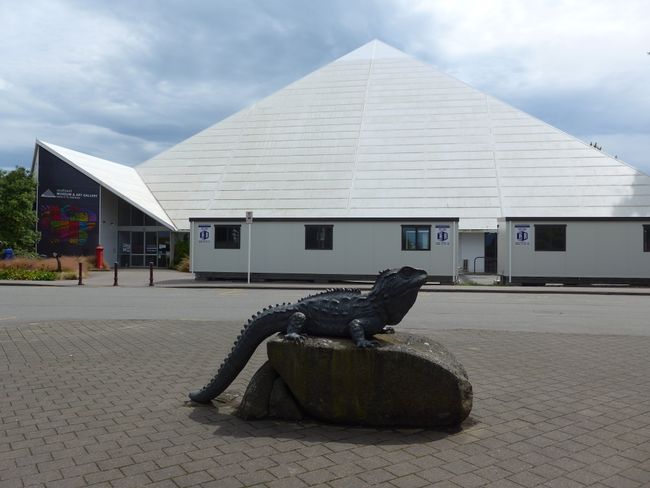
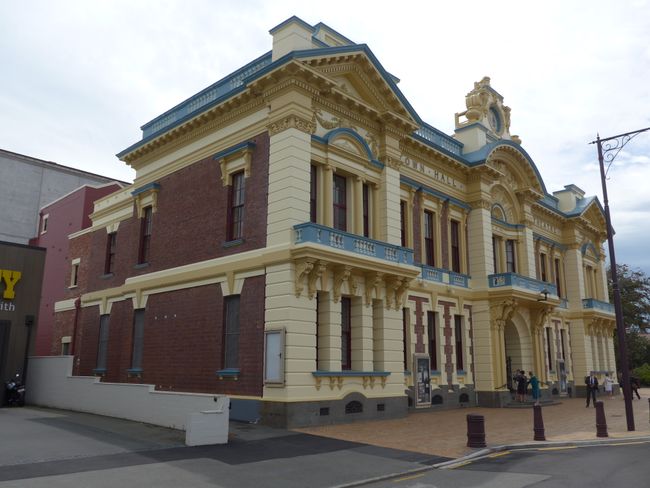
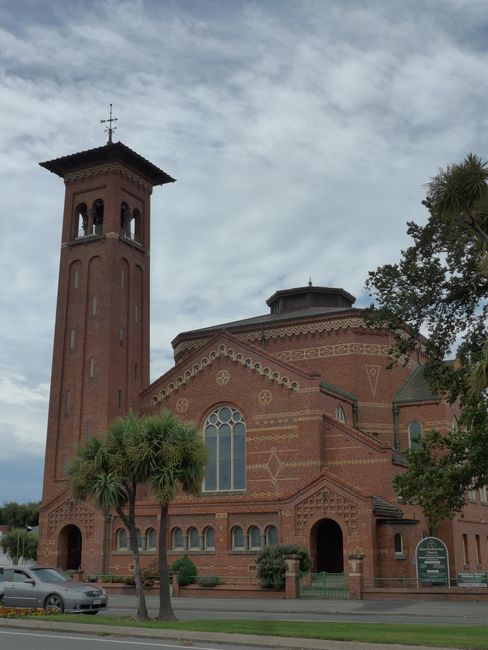
Мэдээллийн товхимолд бүртгүүлнэ үү
From the Fiordlands, we drove south after spending the night at the historic suspension bridge near Clifden.
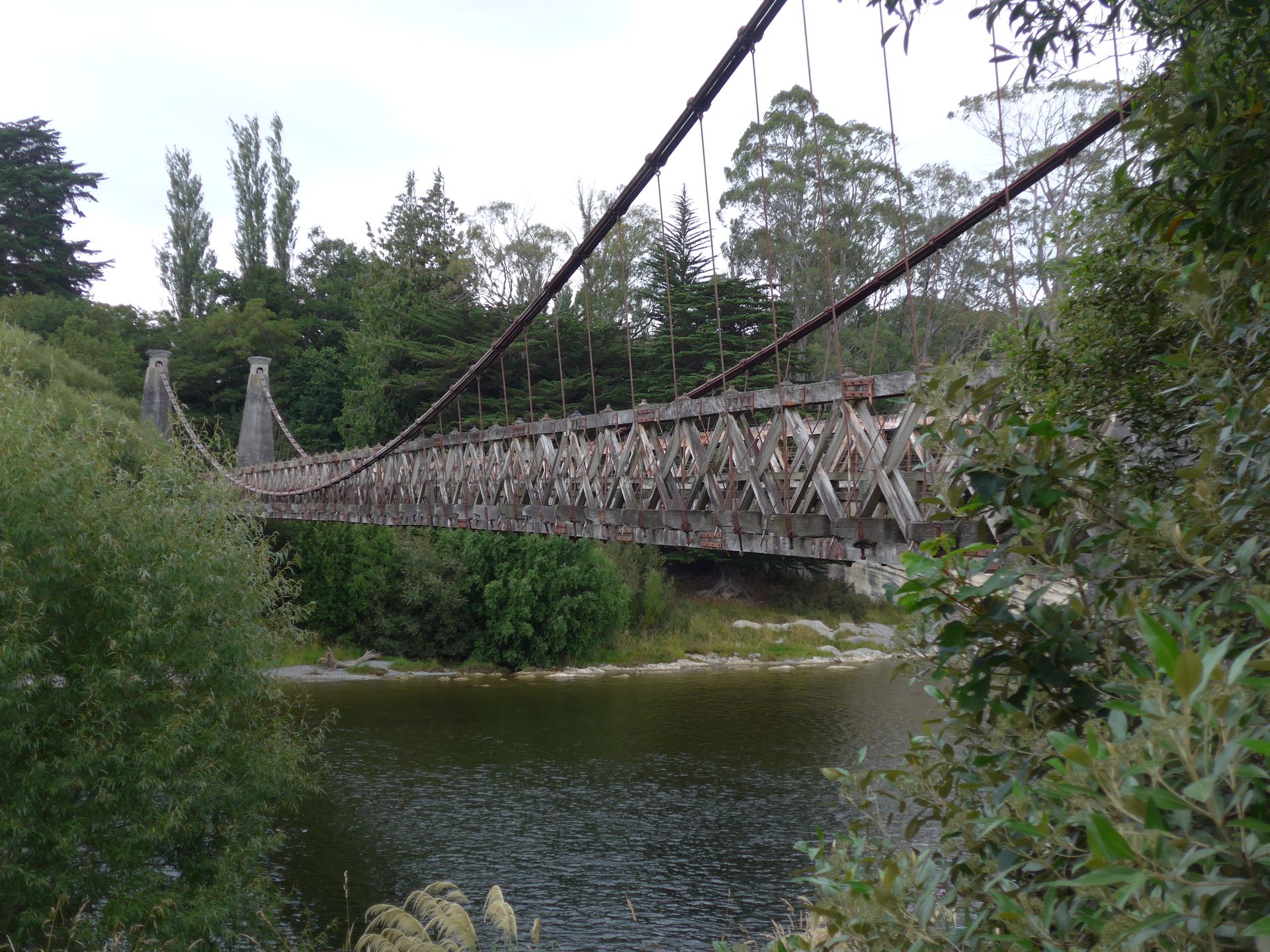
We made a stop in one of the largest cities in the south: Invercargill. The museum was closed and the tourist information had moved, even though both were located in the heavily advertised "Pyramid" in the city. In our opinion, the building could not withstand the comparison with the Louvre in Paris, but now it also looked abandoned and neglected...
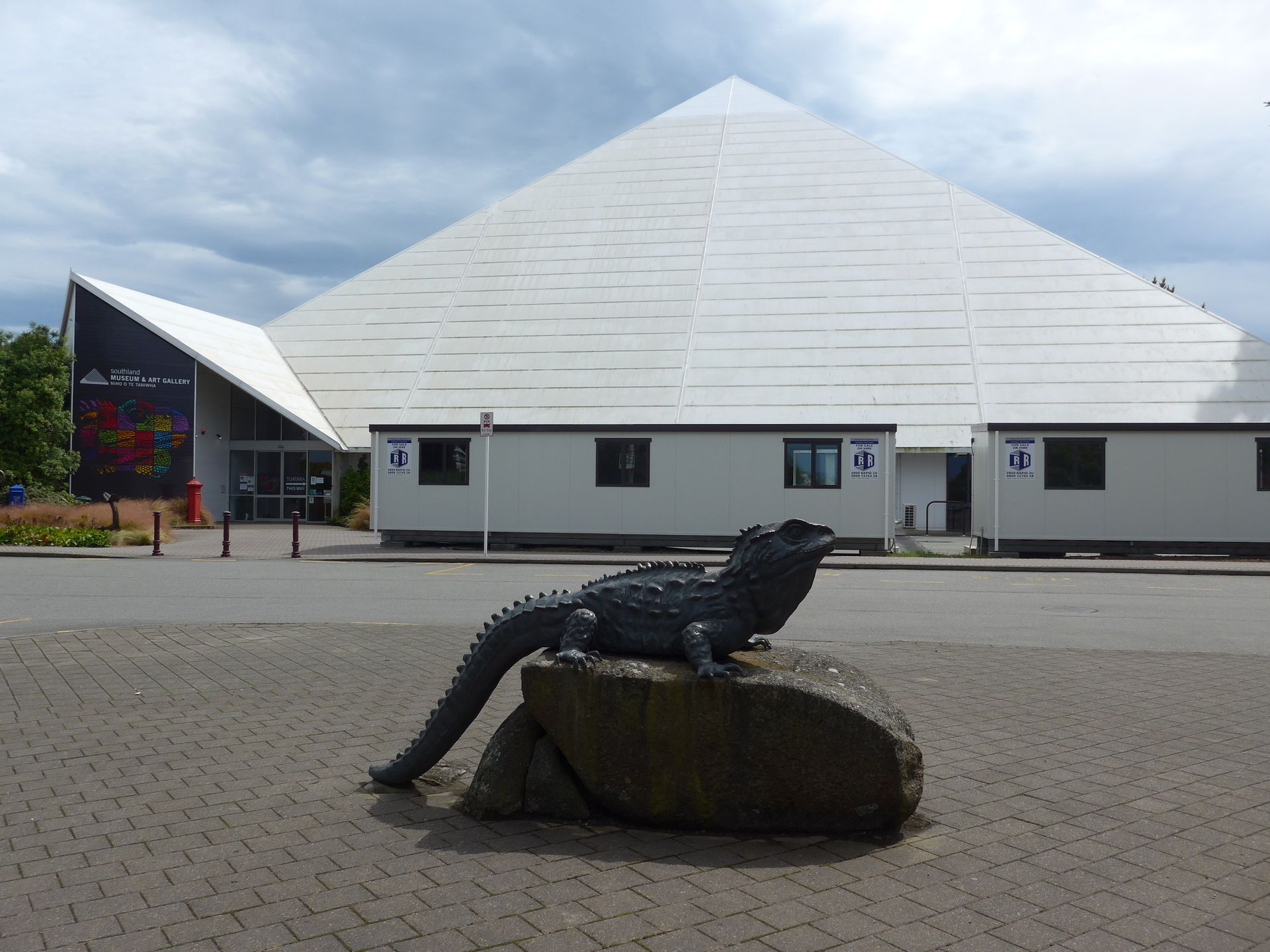
In the city, the Town Hall from 1906 and the Anglican St. John's Church, built in the early 20th century in the style of Italian Romanesque, were quite beautiful.

We only saw both of them as we drove past and then left Invercargill behind.

On the coast, we followed the "Southern Scenic Route" and the "Catlins Coast Heritage Trail".
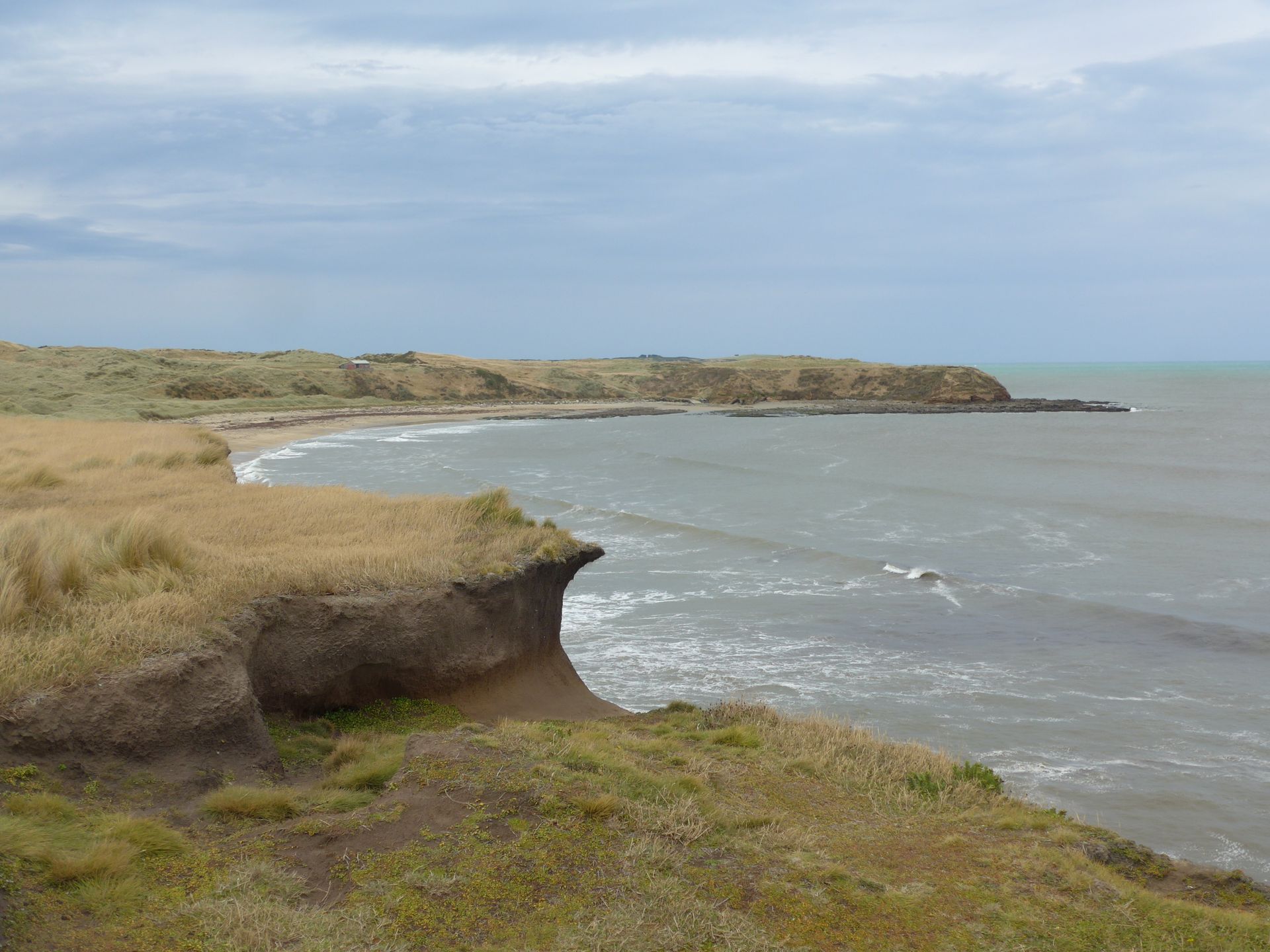
In addition to beautiful views of the sea, we also wanted to see visible shipwrecks at low tide. On the first one, we initially drove past it because there was so little left to see...
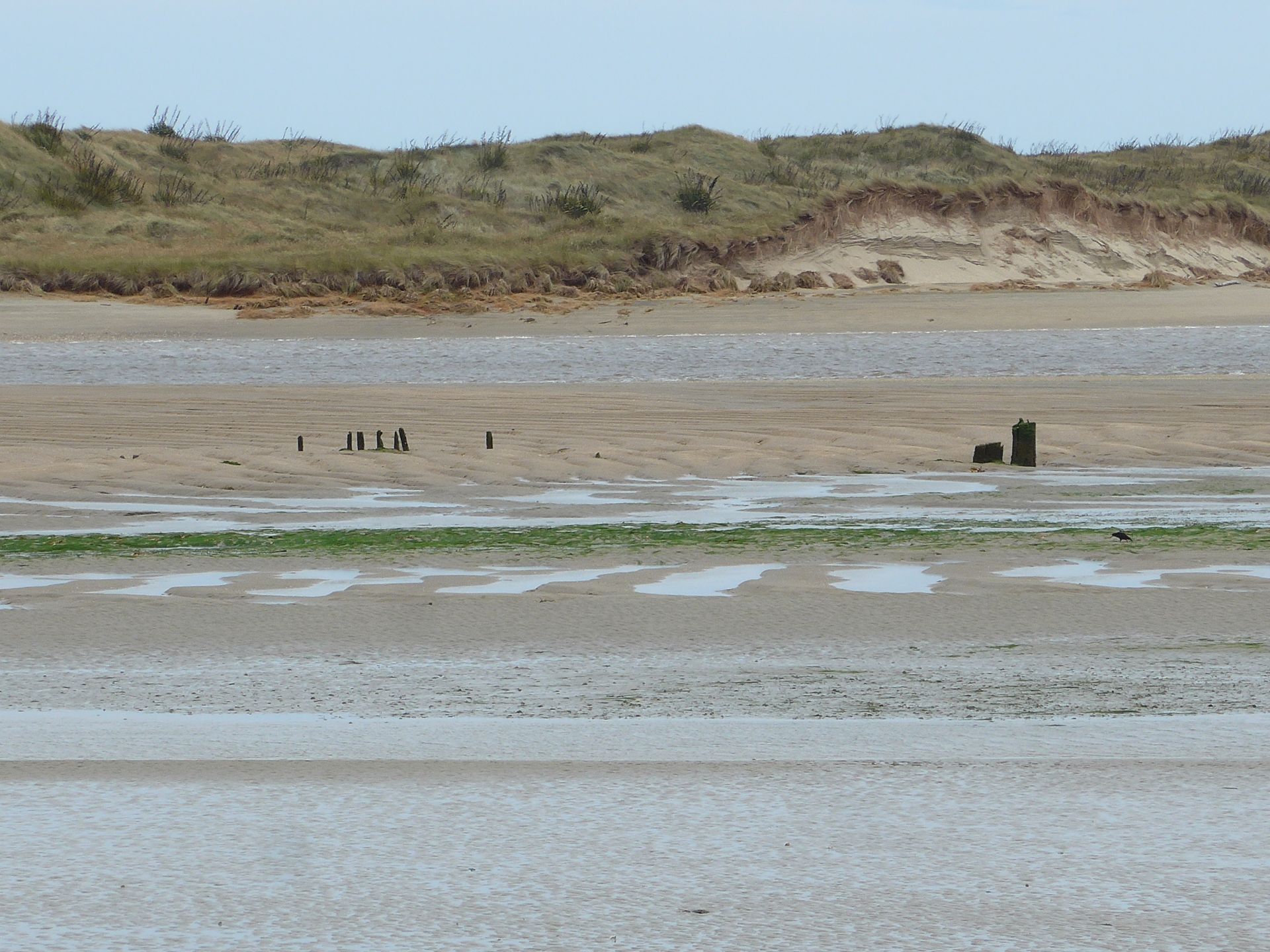
At Waipapa Point, we saw the last wooden lighthouse in New Zealand from 1884.
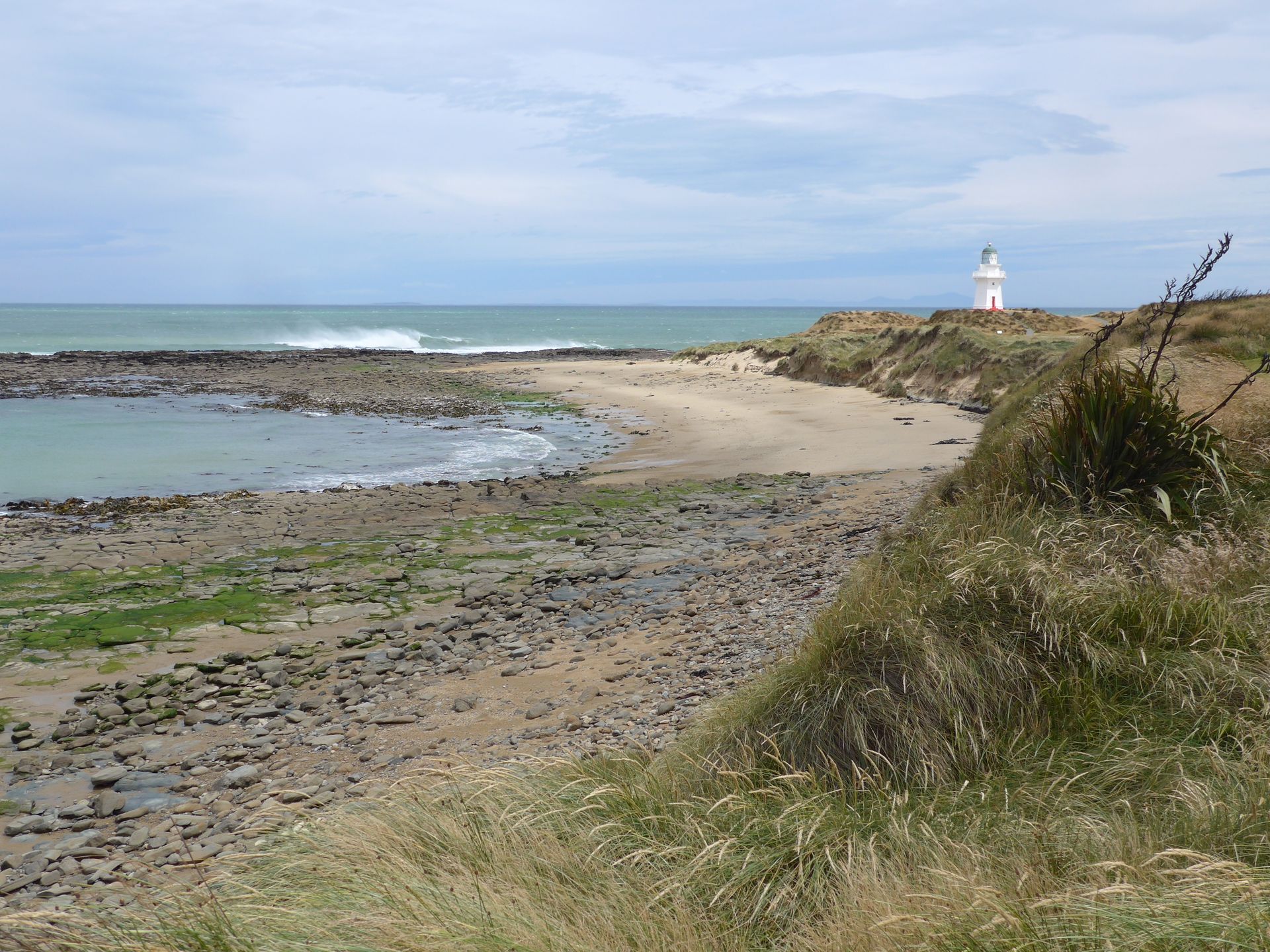
There was a lonely New Zealand fur seal on the beach, and it didn't let any of the tourists bother it.

At Slope Point, we stood at the southernmost point of the South Island and were closer to the South Pole than the Equator.
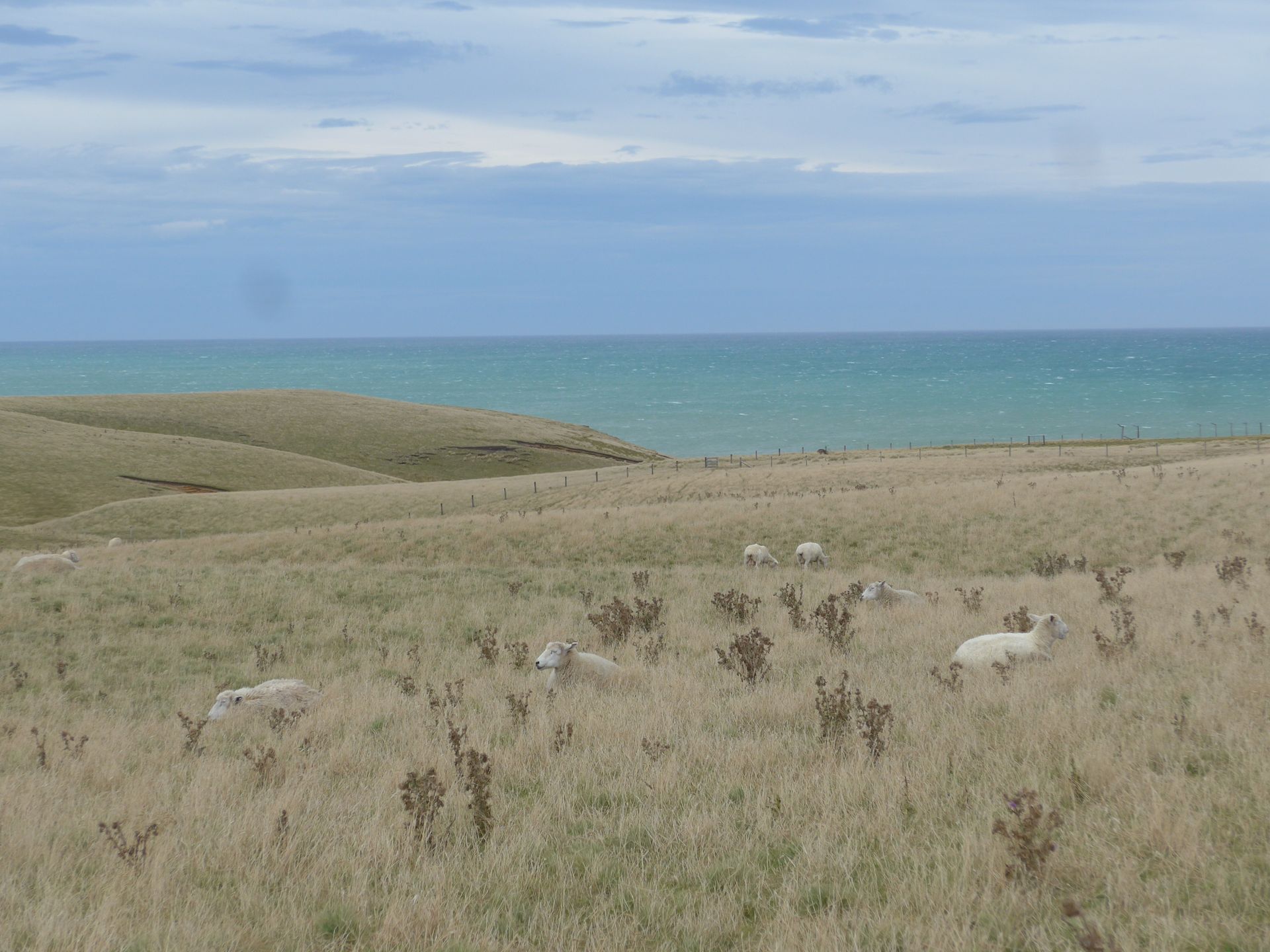
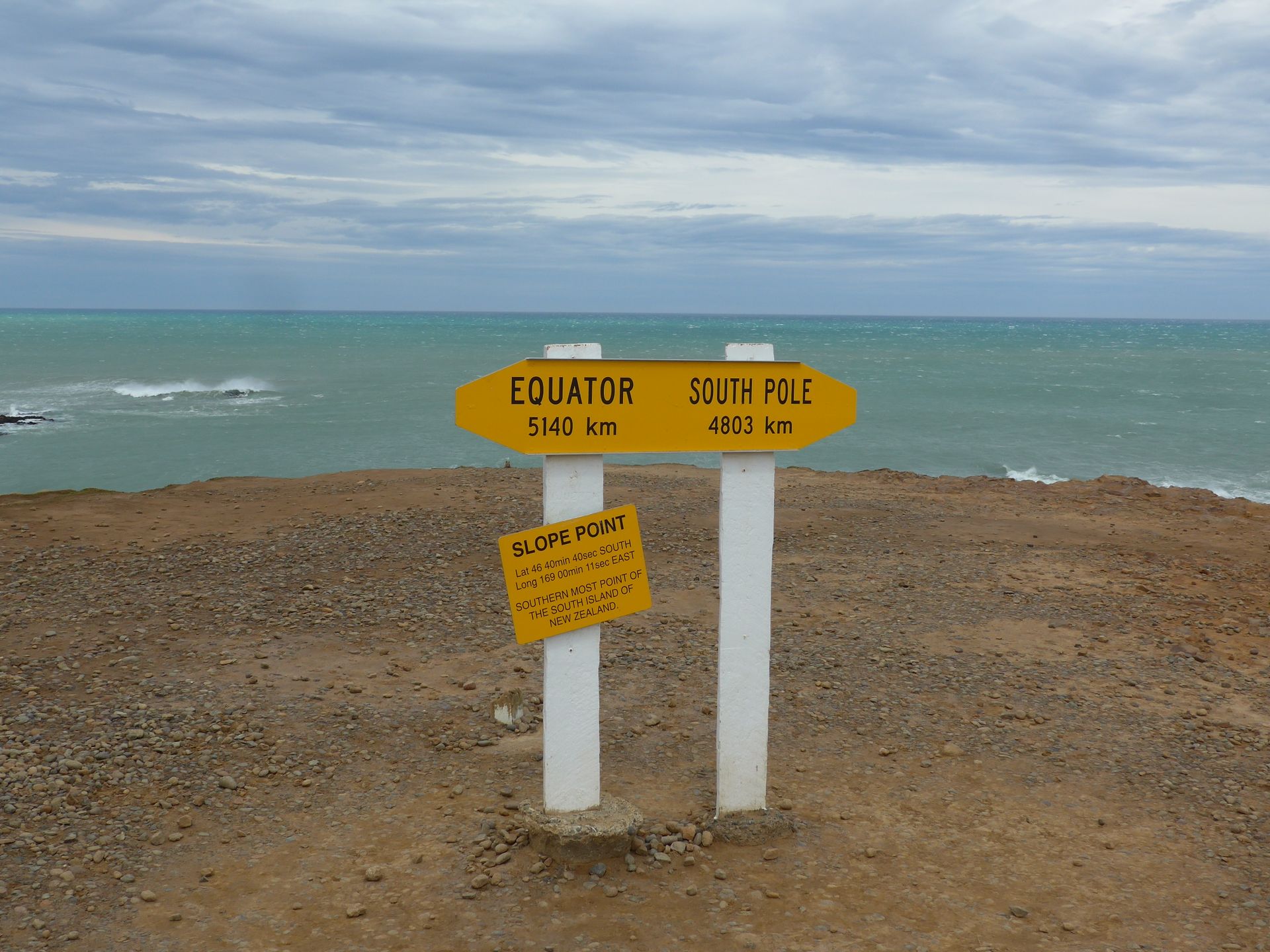
At Curio Bay, we walked around the tip of the coast and searched in vain for Hector's dolphins, the smallest species of dolphin.
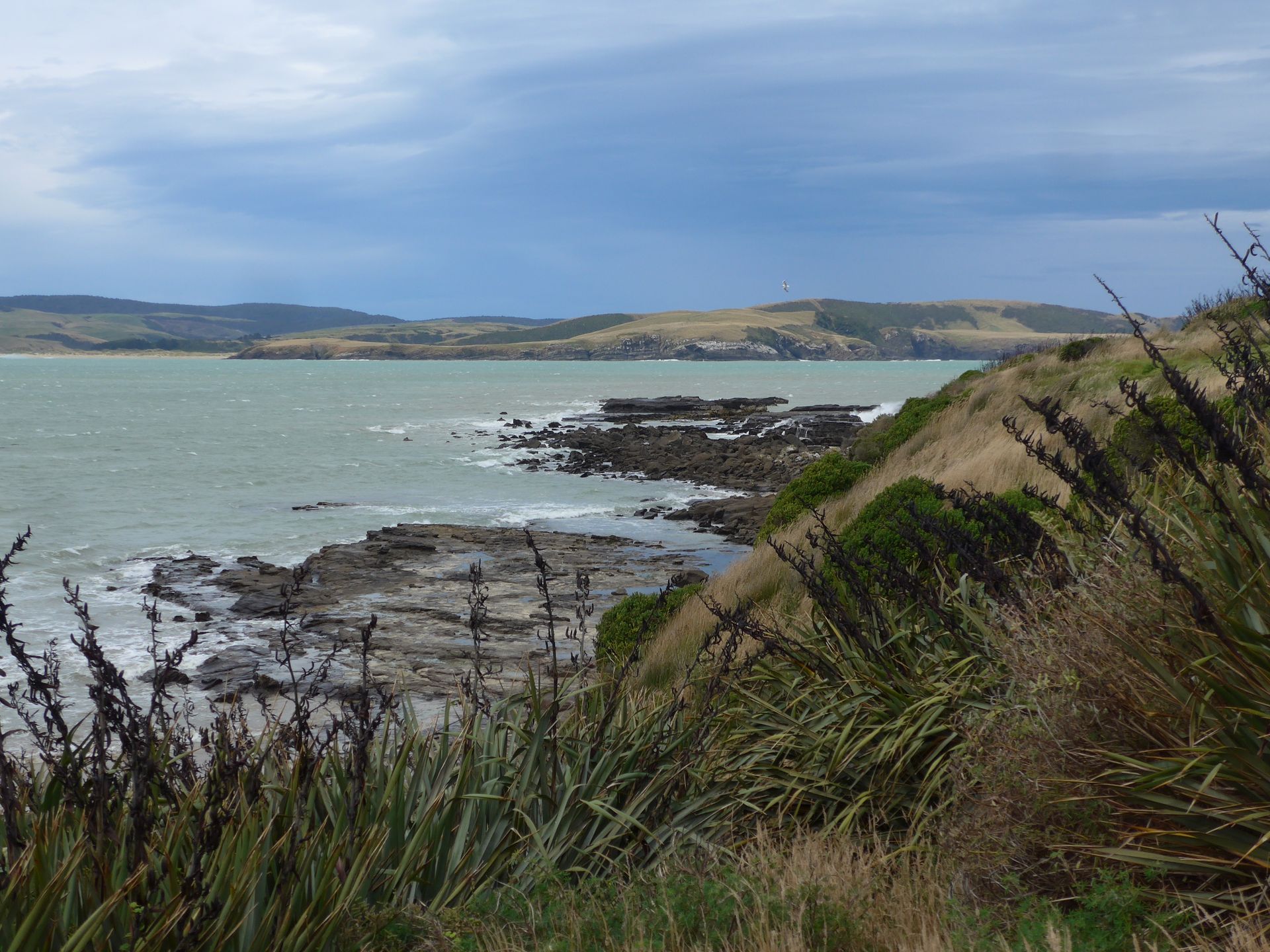
Unfortunately, we also didn't see any penguins breeding on the beach. Normally, they only return to their nests in the twilight.

On the beach, we saw remains of the "petrified forest", although not much of the trees was recognizable...

In Waikawa, we spent the night with a view of the water, which unfortunately also came from above later in the evening...
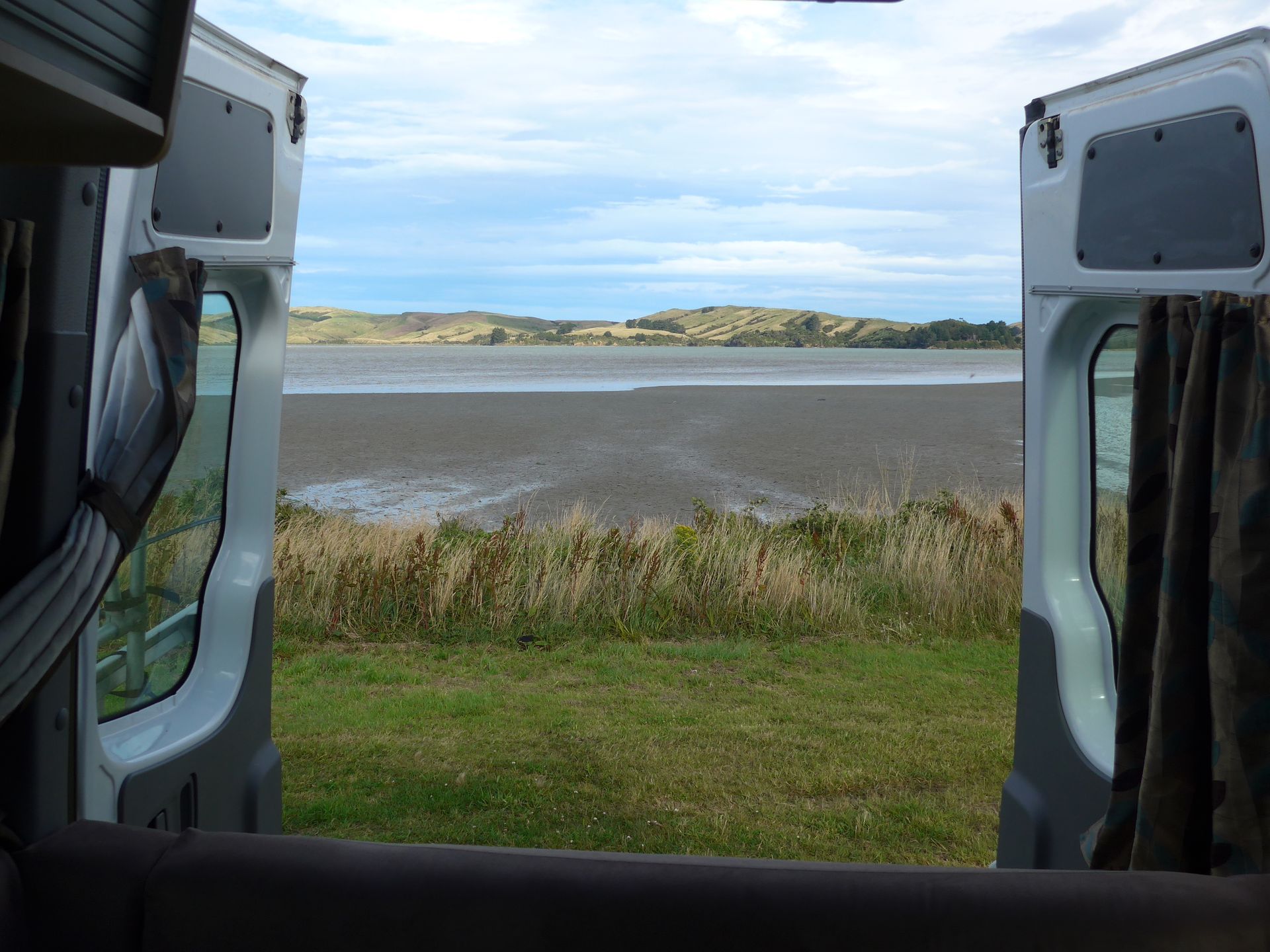
In the morning, we were greeted by many oystercatchers in a meadow next to our parking spot; they preferred to search for their breakfast there rather than in the sea.
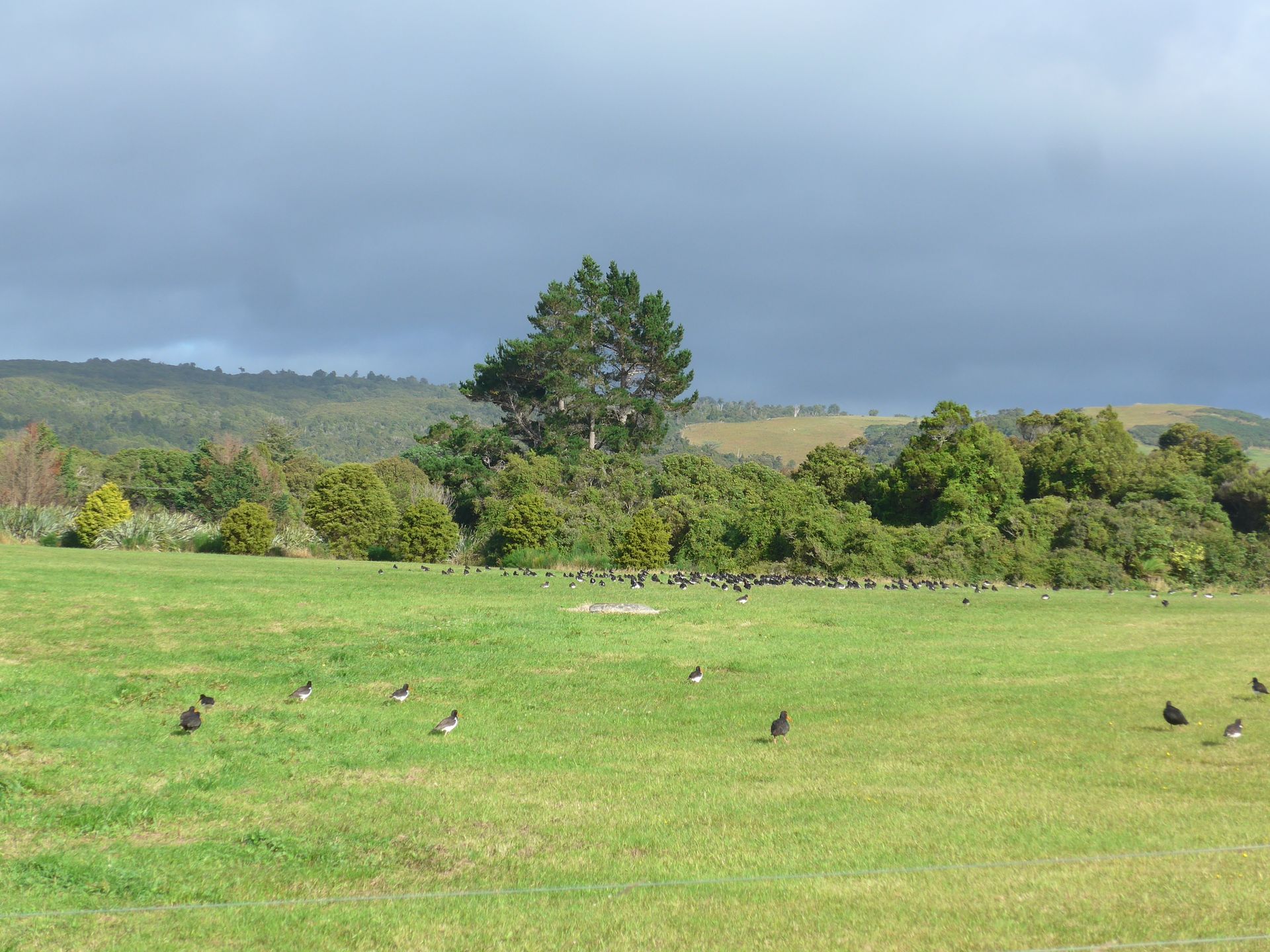
The next morning, we visited the Niagara Falls. The New Zealand version, however, was considerably smaller than the original and was probably only named that way for fun.
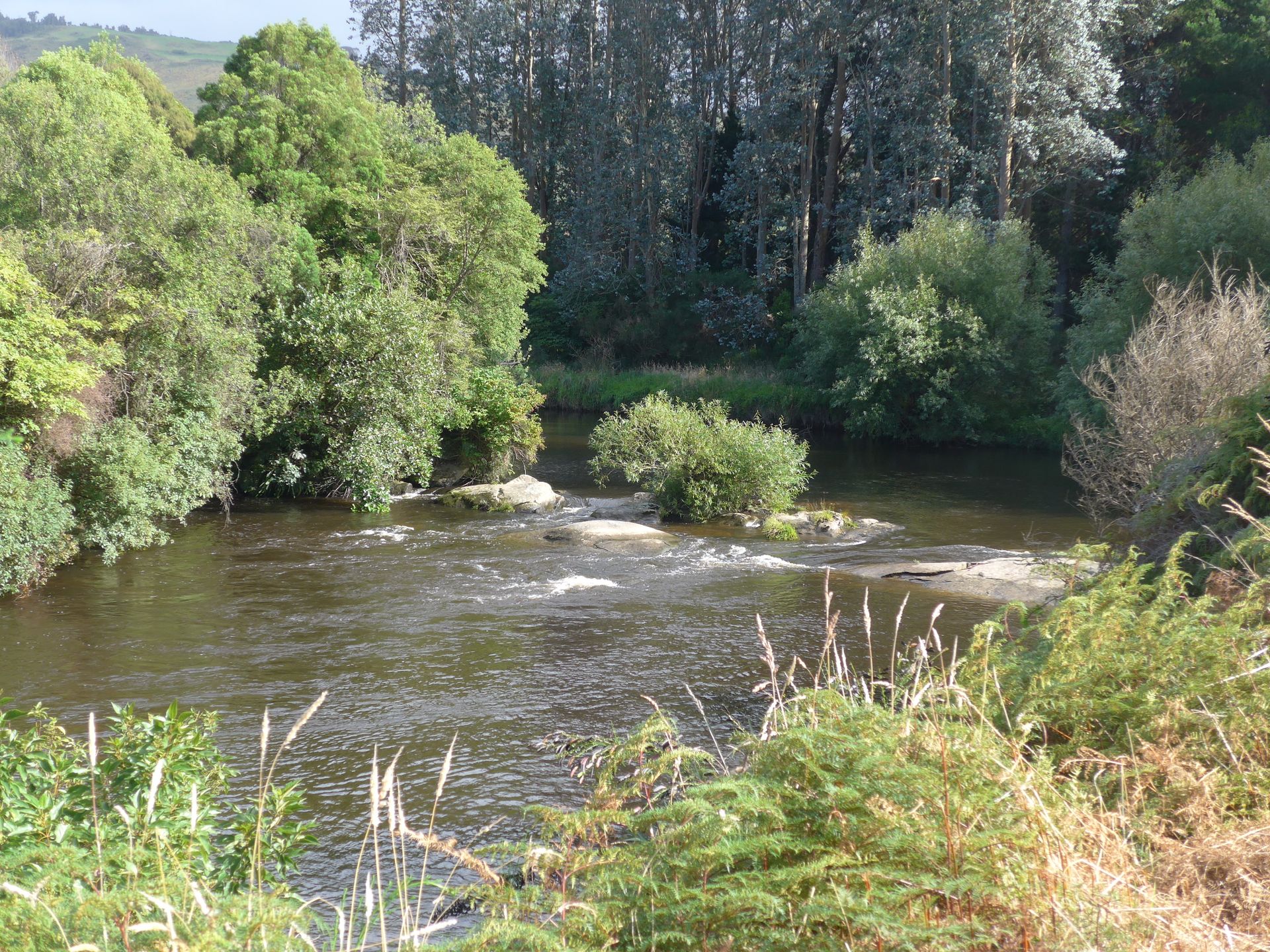
Niagara Falls
At the Tautuku Board Walk, we walked over a saltwater meadow, where the landscape looked completely different again.
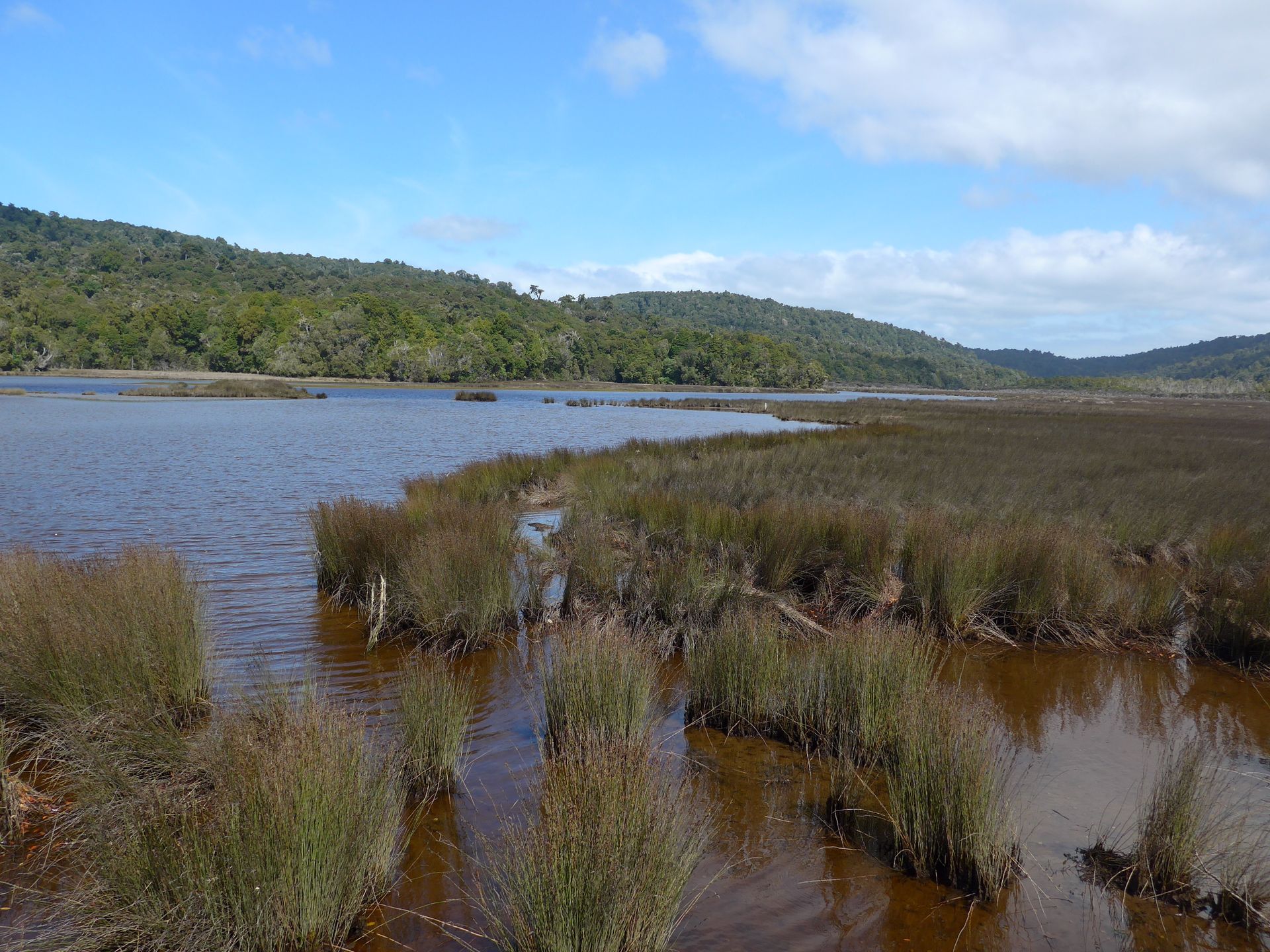
During the short walks we took on our further journey, the forest was very similar. Moist forests with ferns led us to various waterfalls.
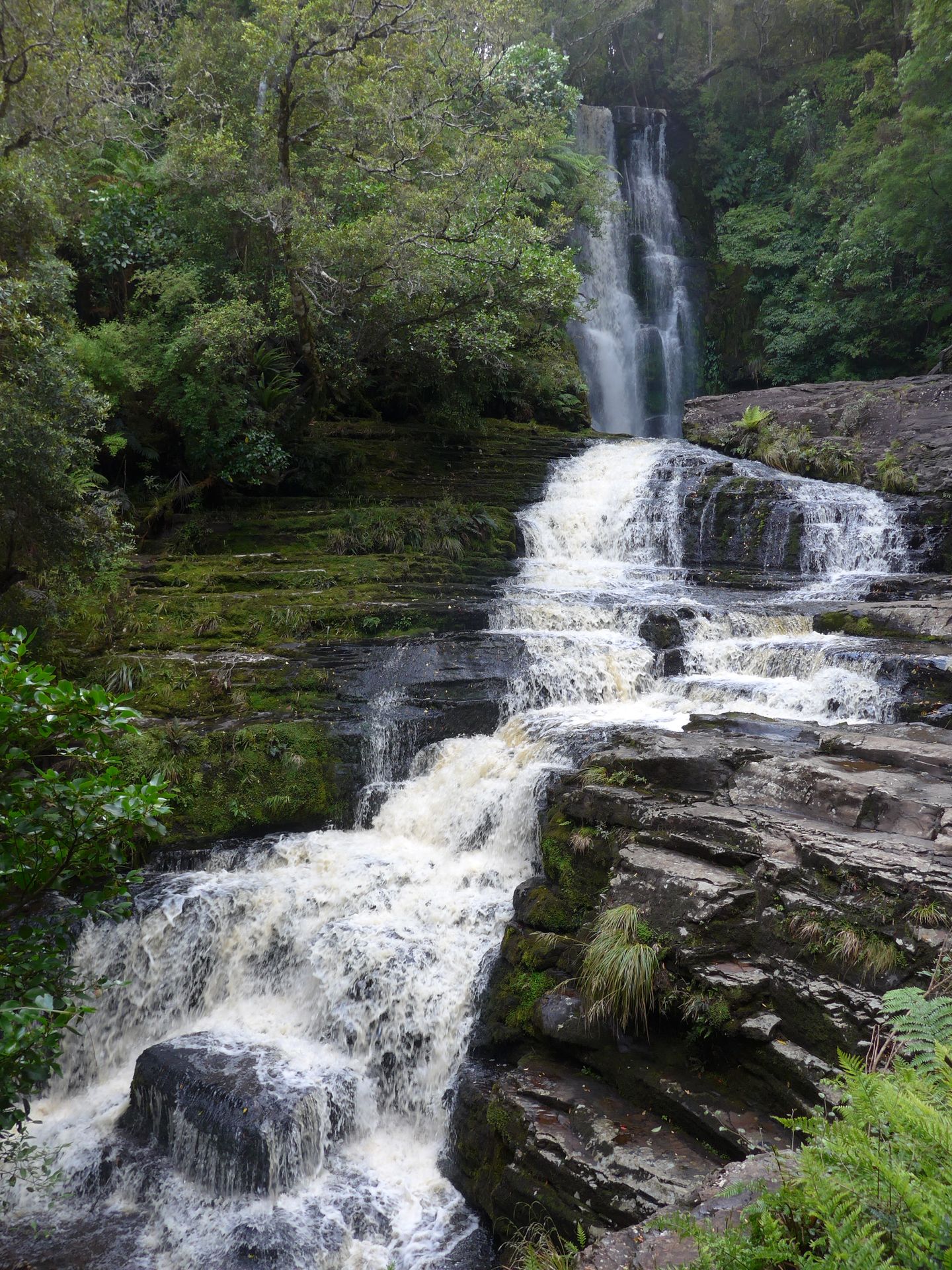
The surroundings at Lake Wilkie were also similar, but along the lakeshore we walked through slightly different vegetation.

At Catlins Lake, we saw some waterfowl. There was even a list posted where you could enter the number of each species. Unfortunately, they were a bit far away, so our personal count was limited to "many ducks".

We went through a 246-meter-long railway tunnel that was carved into the rock by hand by 70 men in 1891-92. The train no longer runs on this route, but now you can walk through on foot.

In the evening, we drove to Nugget Point, which offers a beautiful view and a lighthouse.
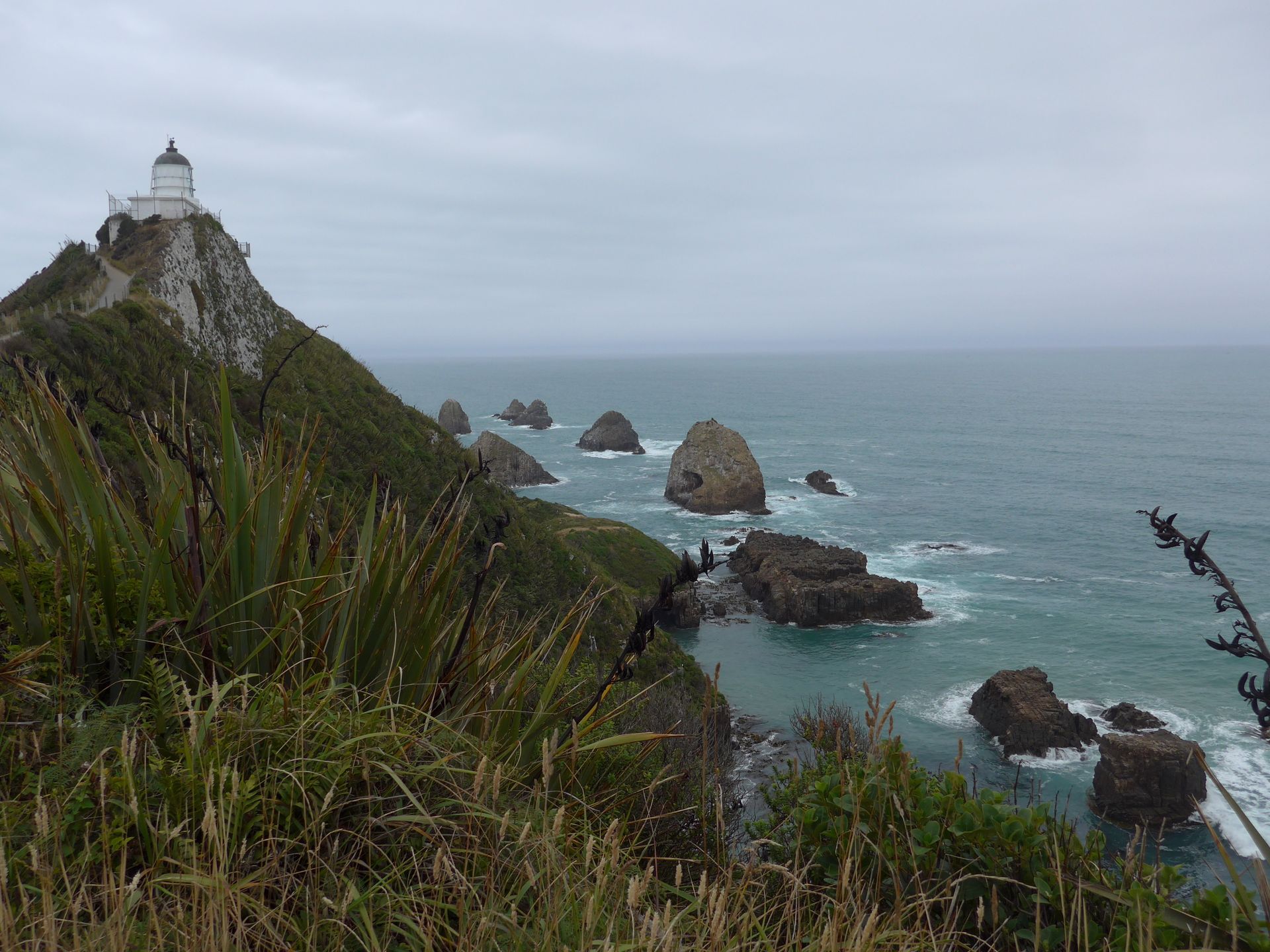
Furthermore, we could observe many fur seals and a few sea lions here. They were lying far away on the rocks, but this time we brought our binoculars.

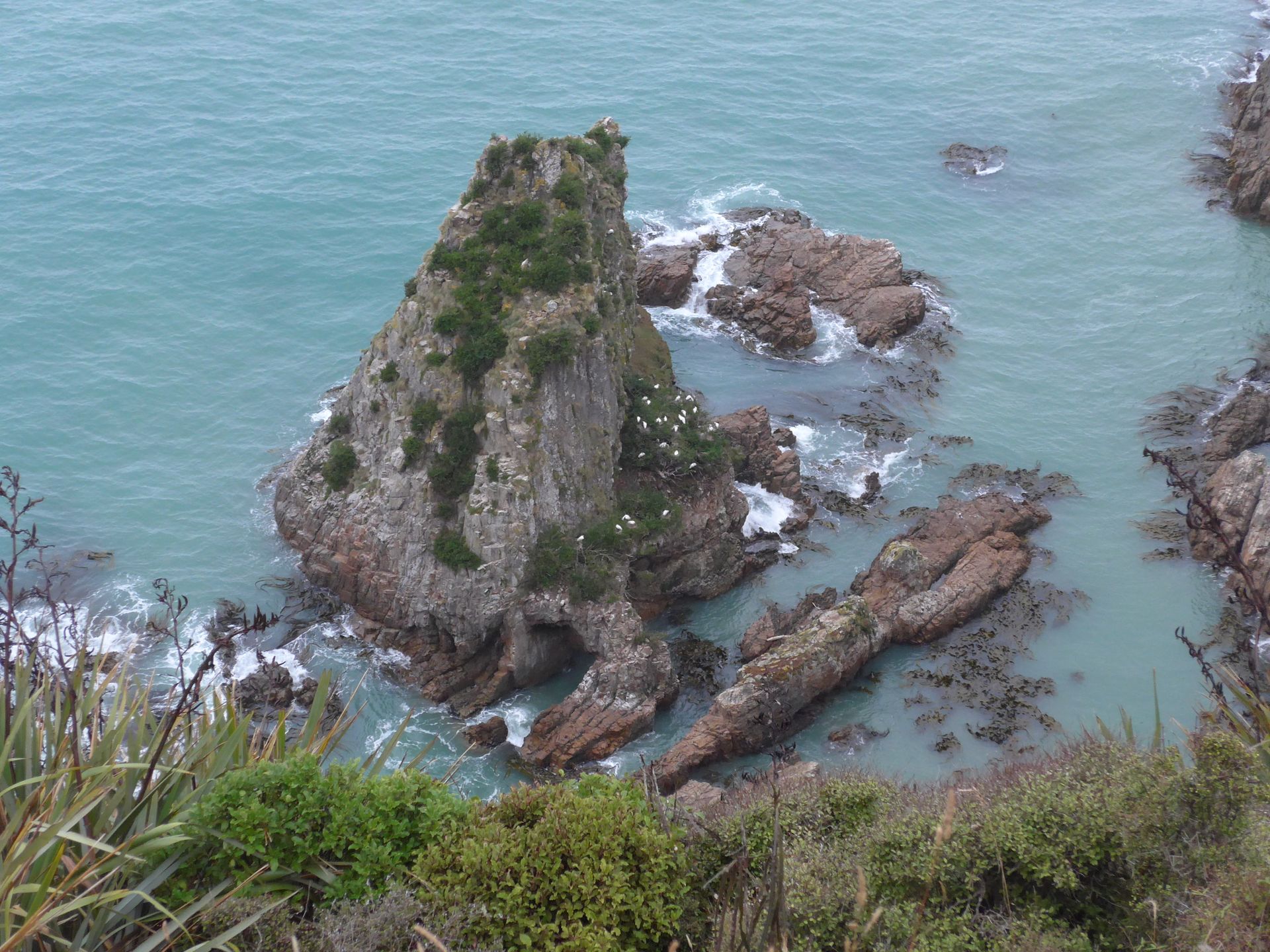
A little further along, at Roaring Bay, we saw two yellow-eyed penguins on their way to their nests. They return there in the evening to feed their chicks.

This species of penguins is very rare and can only be seen in New Zealand. We arrived just in time, before the two animals disappeared into their nests.

Мэдээллийн товхимолд бүртгүүлнэ үү
Хариулт

Шинэ Зеланд аяллын тайлан
